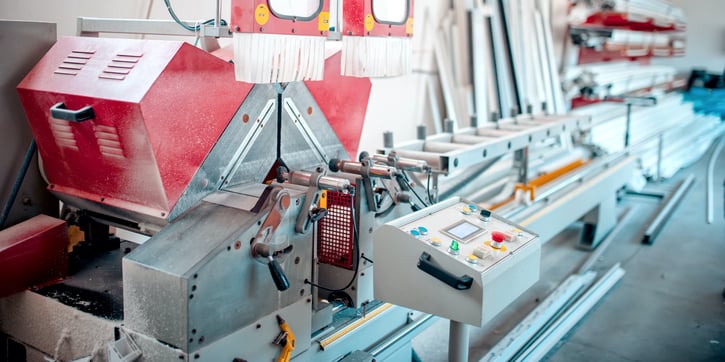Most people still use paper to prepare for meetings and take notes. However, apps and special meeting software can help a discussion move forward far more quickly and efficiently. These ensure that every participant is looking at the same version of a document, and that they always have the minutes from last week at hand. They can also help move through many items quickly, and delegate tasks using a platform where people can easily retrieve minutes and important documents. Core question: How do you arrive at paperless meetings?
Many reasons for paperless meetings
I can think of many reasons to prefer paperless meetings. For example, employees who attend a lot of meetings would like to see less paper on their desks. There will be less confusion about different versions of a document, and it saves time not to send and collect documents. Also important: digital aids are better at bringing structure to a meeting than paper is. Documents are less likely to get lost, because everything is automatically synchronized in the cloud, and you can be certain that every participant is using the same documents. The cherry on top is that it helps protect the environment. Here is a list of three to-dos for a successful switch to paperless meetings:
1) Make sure the change has support
Switching to paperless meetings is bound to encounter a few problems. For example, people might consider the technology too complicated. The book “Obsolete Meetings” describes a method to address resistance. In the first place, make sure change has support within the organization. This means encouraging discussions about the way meetings are held. Discussions do not have to result in immediate consensus for paperless meetings. It is about having more effective meetings. However, I am convinced that effective meetings are the result of digital tools.
2) Create clear rules
Once the decision for paperless meetings is unanimous, rules for meetings must be set up. Who is the chairperson, what happens if a discussion sidetracks, how do we determine the agenda? Only when rules are clear, can digital meetings work effectively. Rules must be properly enforced at meetings. There is no point in having paperless meetings with a tablet if people forget to bring the device. Tip: assign an observer. He or she can observe from a distance how the meeting progresses, and provide feedback to the group about what worked and what didn't.
3) Choose the right tools
Once you have set the rules, you can start looking at the apps or software you want to use in support of paperless meetings. A great number of digital meeting aids are available. It is important to choose tools that are accessible by everybody, and make sure they know how to work with the app. We use Minute, because the application best aligns with the way in which we think about meetings at our place of work, Decos. We are a company with a horizontal organizational structure without managers, and work in self-guided teams. There is no clearly determined role for a secretary or chairperson. In Minute, anybody can set up a meeting, invite others, and put items on the agenda. A timer also indicates how long something can be discussed. It is possible to have a structured meeting, without anybody obviously chairing the meeting. Our meetings are now much more efficient and effective.

Written by
Martijn Aurik
Posted on
28 June 2015








